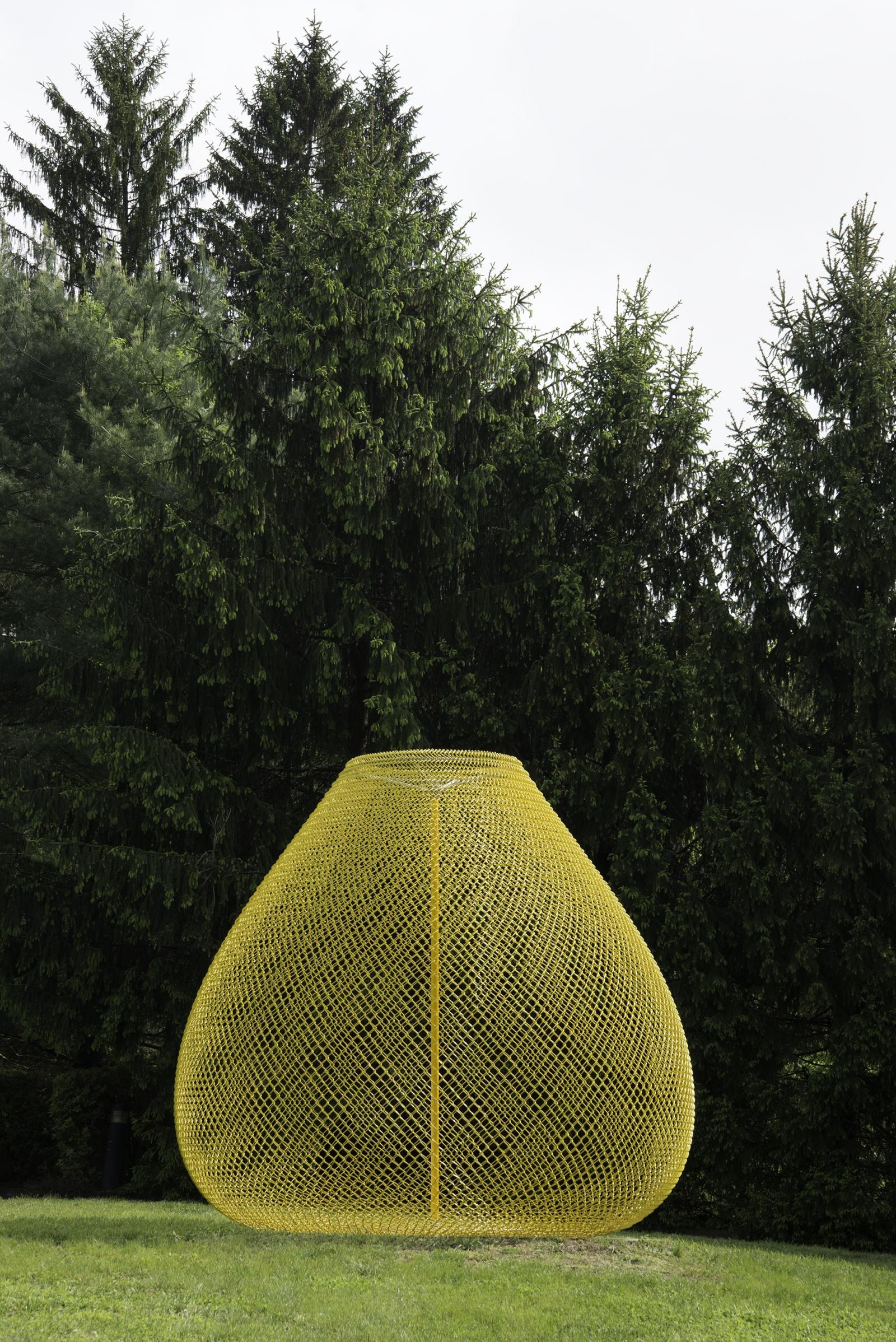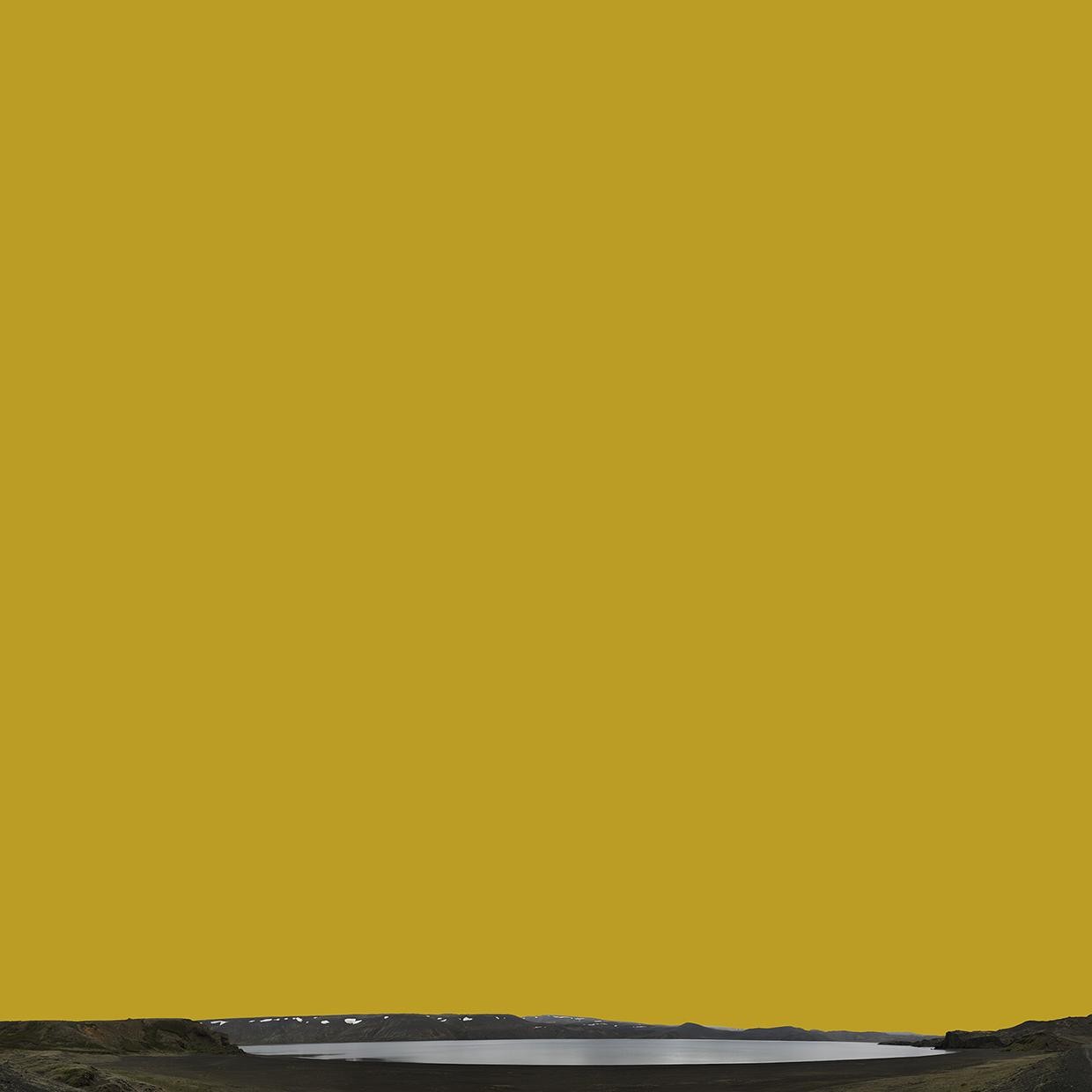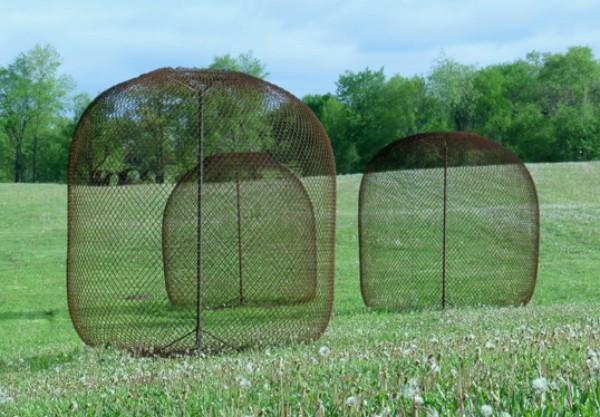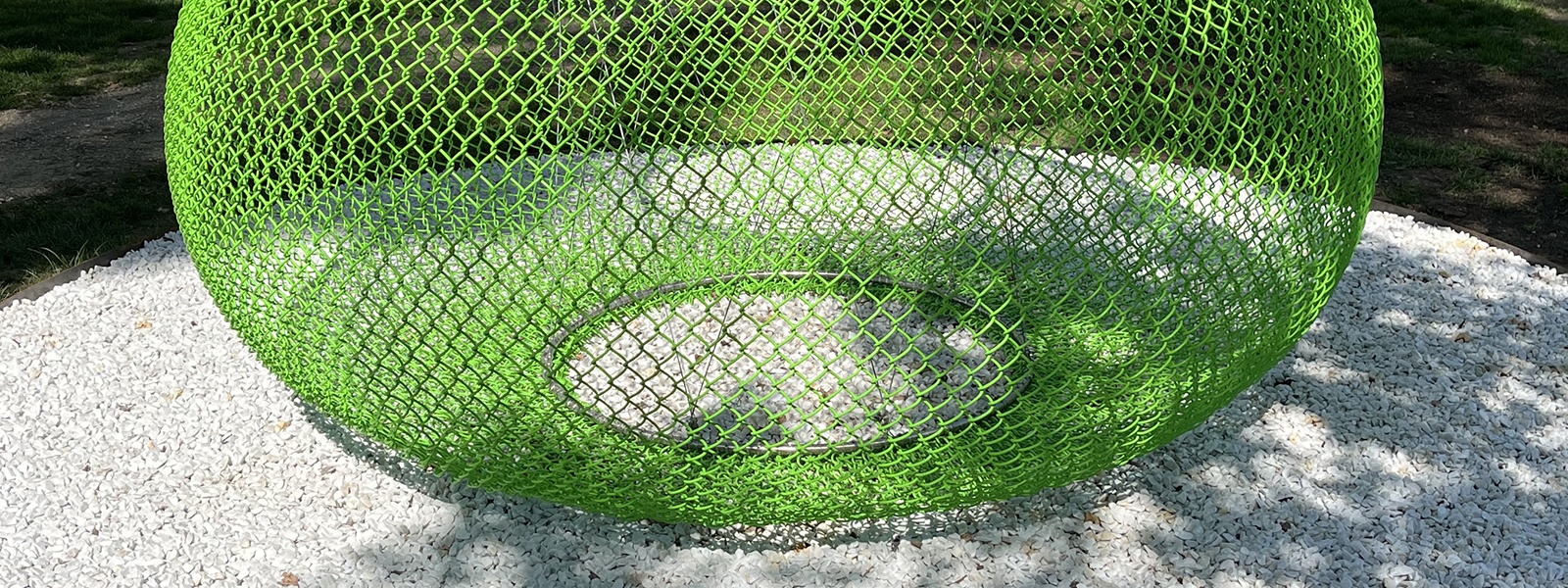About the Artist
John Ruppert, Sculptor - Professor and former Chair of the Department of Art at the University of Maryland, College Park, was born in Winchester, Massachusetts, in 1951. He received his BA in Art and Art Education from Miami University, Oxford, Ohio, in 1974, and his Master of Fine Arts from the School for American Craftsman, Rochester Institute of Technology, New York, in 1977. From 1962-64 he lived in Amman, Jordan. Became active in archaeology and traveled throughout the area (Turkey, Syria, Lebanon, Israel, Egypt, and Cyprus), visited sites, and participated in several digs. Experiencing the remains of ancient cities and civilizations in the barren landscape has had a lasting effect on my artwork and me. He has been a full-time faculty member since 1987 and was Chair from 1998 to 2011, teaches all levels and aspects of sculpture and drawing including graduate studies. Prof. Ruppert has had numerous one-person exhibitions including: John Davis Gallery, NYC, Copia Museum, Napa, CA., Montalvo Art Center, Saratoga, CA, Weatherspoon Gallery, Greensboro, NC., Evanston Art Center, Evanston, IL , Contemporary Art Museum, Raleigh, NC; The Chicago Cultural Center; The Contemporary Art Center of Virginia in Virginia Beach; The Cleveland Center for Contemporary Art; and the C. Grimaldis Gallery, Baltimore, MD. His work has also been featured in large scale sculpture exhibitions and many group exhibitions both in the United States and abroad, including the: the Today Art Museum, Beijing, China, National Museum of Contemporary Art KUMU, Tallinn,, Estonia, Leigh Yawkey Woodson Art Museum in Wisconsin; Stone Quarry Hill, Cazenovia, New York; the Grounds for Sculpture, Trenton, New Jersey; Center of Culture Castle, Poznon, Poland, SECCA, Winston/Salem, NC and Museum of Contemporary Art, Raleigh, NC., DeCordova Museum, and Sculpture Park, Boston, MA, The Pirkkala Sculpture Park, Pirkkala , Finland, Muzeum Okregowe Leona Wyczolkowskiego W Bydgoszczy, and Kaohsiung Museum of Fine Arts, Kaohsiung, Taiwan. and group exhibitions both nationally and internationally and has received numerous grants and awards. Ruppert’s cast “Pumpkins” are in numerous collections on the west and east coasts including Grounds for Sculpture, Trenton, NJ. Currently, Ruppert has an outdoor installing at OMI International Sculpture Park, NY and has work included in a three-year traveling exhibition “Material Terrain” commissioned by Laumeier International Sculpture Park, St. Louis MO. This exhibition will travel to Museums and sculpture parks thought out the US. In April 2005, had a one-person exhibition at the John Davis Gallery in NYC. Reviews of his work have been published in Art in America, Sculpture, the New Art Examiner, and the New York Times. Prof. Ruppert's sculpture addresses the relationship between natural systems and human decision-making through the phenomena of materials using industrial processes such as rugged iron castings in context with chain-link fabric forms and video projections.Artist's Statement
Phenomenon is critical to my work … making process an integral part of the content. The metal castings are examples of forces of nature and are made from molds taken from objects of nature that have been affected by these forces such as glacier boulders, lightning strikes, and genetically engineered pumpkins. The metals used in these castings are aluminum, bronze, copper, iron, and zinc. The mesh sculptures are made of prison-grade chain-link fencing. The forms are determined by stainless steel retention rings, zip ties, aircraft cable, and gravity. In an attempt to raise the level of perception, the visual report between the various elements or with the surrounding is key to my work. In some cases, with my castings, the actual objects are displayed with the castings or identical casting are made in different metals setting up the question of what is real and what is not. The chain–link fabric sculptures (when outdoors) respond to the various temperatures of light during the day and frame the landscape as one looks through them. Indoors the use of light is also critical acting as an agent transcending its objectness. More recently, as a way of working with the artifice of nature indoors, I have been juxtaposing the castings with the chain-link fabric sculptures and introducing video as the light source. My interest in phenomena, both in my sources and in the way that I work…. is what compels me to make sculpture.Featured Work
Photos






Featured Work: Photos
Yellow / Homage to Van Gogh
Stainless steel & vinyl powder coated chain-link fabric
2014
Powder coated chain-link fabric sculpture installation at Katonah Art Museum, NY
Glacier with Pink Sky / Svinafellsjokull
Archival pigment on 100% rag
2014
Black Lake / Orange Sky, Kleifarvatn
Archival pigment on 100% rag
2012
Origins
Aluminum chain-link fabric, stainless steel, marble dust, metal castings, granite & video projection
2008
Hay Stacks @ OMI international Sculpture Park
Steel chain-link fabric
2007
Liquid Tectonics
Cast Iron
2008
Videos
-
Drift / Ancient Ice
See more information about Drift / Ancient IceInstallation consisting of a 300 lb. block of ice melting with hydrophones inserted, video projection (captured in the Arctic) of drifting sea ice, audio captured in the Arctic of melting glaciers, tarp, and cast aluminum forms.Medium: Video, audio, Ice, vinyl tarp and cast aluminumYear: 2022-PresentDetails: 16' x 40' x 40'

